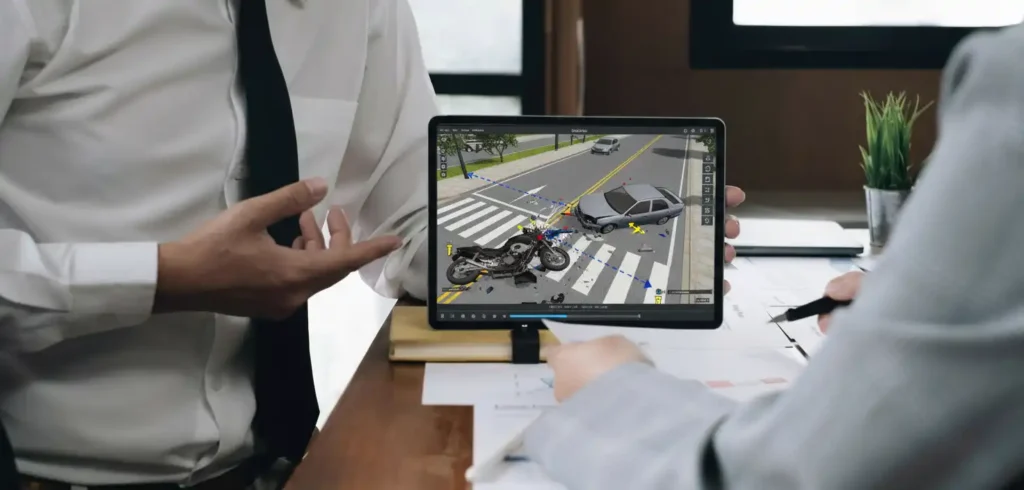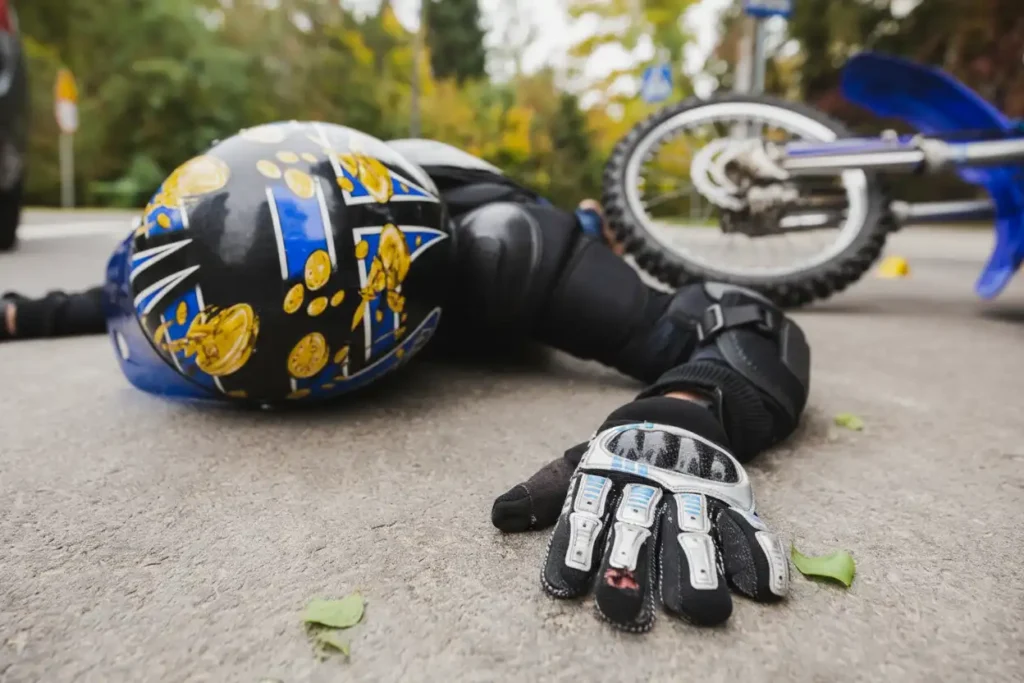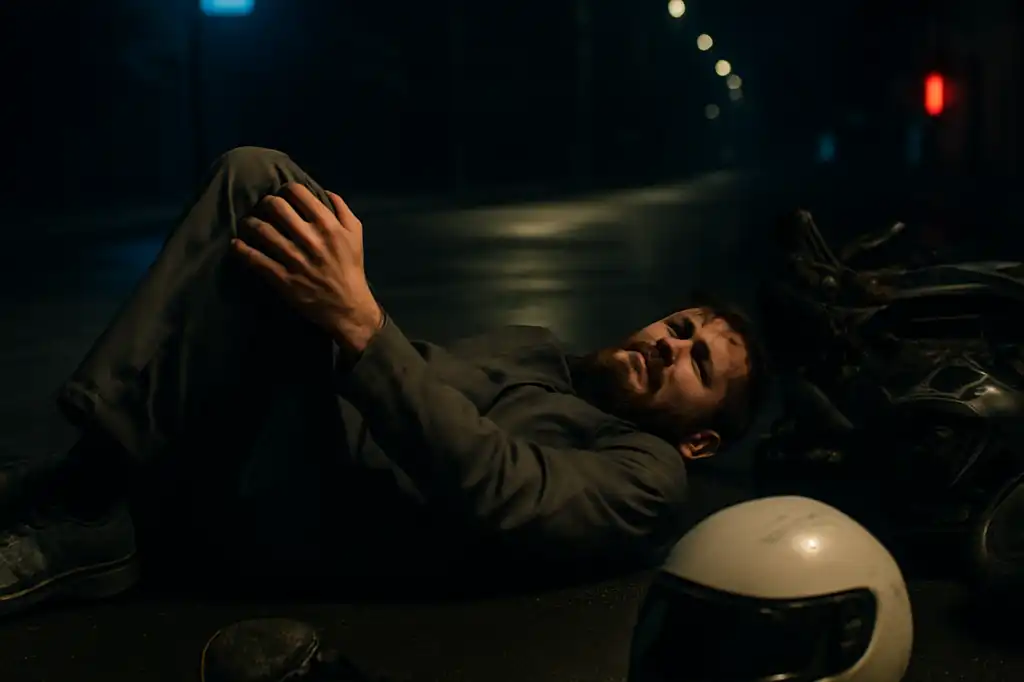Motorcycle crashes are often sudden and devastating. In California, riders face unique risks due to heavy traffic, distracted drivers, and road hazards. The good news is that with the right legal strategy, victims can recover damages for medical bills, lost wages, and pain and suffering. By examining common crash scenarios and understanding California motorcycle accident legal strategies 2025, riders can better protect themselves and strengthen their claims after an accident.
Why Crash Scenarios Matter in Legal Claims
Not all motorcycle accidents are the same. The cause of a crash affects liability, insurance coverage, and potential compensation. Attorneys build legal strategies around how the crash occurred, using evidence and expert testimony to prove negligence. Knowing the most common scenarios gives riders insight into how claims are typically handled.
Common Motorcycle Crash Scenarios in California

- Left-turn collisions: One of the deadliest crash types, these occur when cars turn left in front of oncoming motorcycles. Drivers often misjudge the motorcycle’s speed or fail to see the rider at all.
- Unsafe lane changes: Drivers who neglect blind spots or fail to signal often collide with motorcycles riding alongside them.
- Rear-end collisions: Even minor rear-end crashes can throw riders from their bikes, leading to severe injuries.
- “Dooring” accidents: Common in urban areas, these occur when a driver opens a car door into a rider’s path.
- Road hazards: Potholes, loose gravel, and uneven pavement cause accidents that might be blamed on poor road maintenance.
- Distracted and impaired driving: Drivers using phones or driving under the influence remain a leading cause of motorcycle crashes.
Evidence That Strengthens Legal Cases
Attorneys rely on multiple forms of evidence to prove negligence in these scenarios. Key sources include:
- Police reports: Provide initial fault assessments and witness statements.
- Accident scene photos: Document skid marks, damage, and traffic signals.
- Video footage: From dashcams, surveillance cameras, or helmet-mounted devices.
- Medical records: Show the extent of injuries and link them directly to the crash.
- Expert testimony: Accident reconstruction specialists explain how the collision happened.
In 2025, digital data such as GPS logs and vehicle black box recordings are increasingly accepted as evidence in California courts.
Legal Strategies in Motorcycle Accident Cases
Attorneys use specific strategies depending on the crash scenario:
- Left-turn collisions: Proving the driver failed to yield is often supported by traffic camera footage or eyewitness accounts.
- Unsafe lane changes: Attorneys highlight blind spot failures and vehicle sensor data when available.
- Rear-end collisions: Lawyers show that safe following distance was ignored, making the driver responsible.
- Dooring accidents: Evidence of street design and driver negligence often supports these claims.
- Road hazard cases: Attorneys may pursue claims against government agencies responsible for road maintenance.
Each strategy emphasizes negligence, linking the driver’s or authority’s failure directly to the rider’s injuries.
Comparative Negligence in California

California follows a comparative negligence system, meaning victims can recover compensation even if they share some fault. For example, if a rider is found 20% responsible for speeding in a left-turn collision, they can still recover 80% of the total damages awarded. This system makes it critical to minimize assigned fault through strong legal advocacy.
Compensation Available in 2025
Victims of motorcycle accidents may claim damages for:
- Medical expenses: Emergency care, surgeries, therapy, and long-term treatment.
- Lost income: Wages lost during recovery and reduced earning ability in severe cases.
- Pain and suffering: Physical and emotional trauma caused by the crash.
- Property damage: Repair or replacement of the motorcycle.
- Wrongful death damages: Families of riders killed in accidents may pursue funeral costs and loss of support.
Trends in California Motorcycle Accident Cases 2025
Several legal trends are shaping motorcycle accident claims this year:
- Higher settlements: Courts are awarding larger damages in catastrophic injury cases.
- More digital evidence: Helmet cams, GPS data, and black box reports strengthen victim claims.
- Insurance disputes: Insurers are challenging liability more aggressively, making legal representation essential.
- Focus on distracted driving: Evidence of texting or phone use significantly boosts victim compensation.
Tips for Riders to Protect Their Rights

Riders can take proactive steps to protect themselves legally:
- Install a helmet camera to capture accident footage.
- Always wear protective gear to reduce injuries and strengthen injury claims.
- Carry adequate insurance, including uninsured motorist coverage.
- Document every accident thoroughly with photos and medical reports.
- Contact an attorney immediately after a crash to preserve evidence.
Conclusion
Motorcycle crashes often result from predictable scenarios such as left-turn collisions, unsafe lane changes, and distracted driving. By understanding California motorcycle accident legal strategies 2025, victims can strengthen their claims, reduce fault percentages, and maximize compensation. With the right evidence and legal support, injured riders and their families can hold negligent drivers accountable and recover the damages they deserve.
If you or a loved one has been involved in a motorcycle crash, consult an experienced California motorcycle accident attorney. The right legal strategy ensures your rights are protected and your future is secured in 2025.




